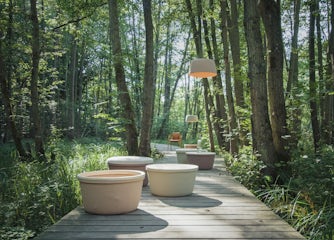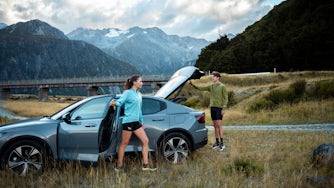Is Quiet Luxury the next big thing in mobility?
You may have seen it on your TV screens recently. Your favourite fashion influencer has probably enthused about it on TikTok. Or maybe you've read one of the countless editorials that litter the lifestyle pages of glossy magazines. Unknowingly or not, the latest trend taking over the fashion industry has almost certainly touched your life. But dig a little deeper and you start to discover two things. Firstly, this trend isn't just limited to the fashion world. And secondly, it's not really a trend at all. Welcome to the wonderfully rarefied world of quiet luxury.
First things first: there's nothing new about quiet luxury. That 'old money' trend from a couple of years ago? Quiet luxury. Paul Newman in Hollywood's Golden Age? Quiet luxury. Jackie Onassis. Audrey Hepburn. Siobhan Roy. These iconic figures knew that real value came from a timeless elegance that went beyond the trends of their time.
But what are the main characteristics of this non-trend "trend"? Interestingly, it might be easier to understand quiet luxury by understanding what it is not. It's the opposite of "bling." The antithesis of garish. Imagine a baroque-print silk Versace shirt. Yep, it's not that. While all of these have at some point in time been considered luxurious, there’s certainly nothing quiet about it.
The fashion world has often grappled with the word luxury. Being expensive isn’t enough. Using high-quality materials is undoubtedly beneficial but isn’t the whole story. Instead, designers must build in a set of values around their collections. A mood, if you will. Right now, that mood is quiet luxury. After a frenzied period of maximalist extravagance, runways are now filled with more introverted tones that are understated, simple and muted, yet ultra-expensive (though not overpriced). Colour palettes are minimal. And logos shouldn’t be seen. Ever. The old adage “money talks, wealth whispers” rings true here.
This mood has seeped into the world of interior design too (although many say it was here that the trend actually originated). Essentially, it’s the same aesthetic. Designers take a less-is-more approach – without spilling over into the lifeless world of ultra-minimalism. Character and warmth are all still welcomed, as long as they come with quality and craftsmanship. There is a particular focus on subtle lighting and the use of natural materials. And – it goes without saying – bold colours are out.

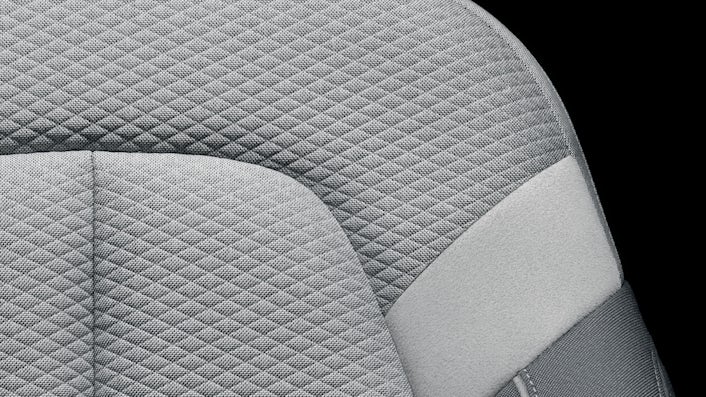
But what does any of this have to do with cars?
Well, in many ways, a car is the ultimate design accessory. They are a very visible extension of your lifestyle. Today, the worlds of fashion and transport have become so blurred that it's hard to tell where the runway ends and the road begins. Partnerships between car manufacturers and fashion houses are endless. Even Formula One on race day feels like Paris on fashion week. Take a step closer and the parallels between the fashion world and the automotive industry become indistinguishable.
Take, for example, the role textiles play in both industries. Any fashion designer will tell you the fabric mill is where the most important decisions are made. But fabric plays an increasingly critical role in modern cars too. The latest Polestar 2 is no different. Our WeaveTech combines the latest technological advancements with 100% vegan materials, providing a lightweight yet durable solution to your car's interior. This innovative material offers a premium look and feel to your upholstery while reducing the amount of chemical plasticiser to almost zero.
And this brings us nicely to the other factor in all of this.
If the 80s and 90s were defined by extravagance and excess, the 21st century has reined in many of those heady consumer habits. Concorde is no more. Limousines have vanished from our roads. Sustainability is now top of mind for both customers and manufacturers. Capsule wardrobes. Deinfluencing. Slow fashion. Conscious consumerism is very much the “in” thing and forms a large part of the quiet luxury philosophy, which promotes environmental considerations above material excess.


Minimalism is not about making things simple, or poor, or bland. Minimalism is about removing everything unnecessary and perfecting what’s left. We use minimalism to stand out.
Travel in the age of quiet luxury
Switzerland in August is everything you'd imagine. Elegant. Unhurried. Poised. And yes, expensive. The rich and famous have been coming to the shores of Lake Lucerne for centuries (Sophia Loren once called this Alpine idyll home). But you'd never know. While Monaco is known for its yachts, casinos and hypercars, and Hollywood is all about its hills, red carpets and paparazzi, Zürich is very much tree-lined boulevards, lake-front promenades and privacy.
And it turned out to be the perfect city to put into practice something we've been planning for some time.
In a world filled with hustle and bustle, silence has become something of a rare commodity. But on Swiss streets (and lakes), residents glimpsed a triumph of Scandinavian design. Joined by a supporting cast, featuring the Candela C-8 and the Makka – Polestar edition by CAKE, the Polestar 2 showcased a new wave of 21st-century innovation. With each vehicle powered by battery technology, this all-electric trio brought forward the future of transportation to the here and now; a sort of “quiet mobility” by bike, boat and car.
"Minimalism is not about making things simple, or poor, or bland. Minimalism is about removing everything unnecessary and perfecting what’s left. We use minimalism to stand out. To elevate the experience of the product and focus on the details that are important. It is much more difficult than it looks to remove everything unnecessary to create those pure Polestar experiences that people are now paying a lot for," says Pär Heyden, Head of Brand at Polestar.
This design philosophy bleeds across the three Swedish brands. Described as "cleanly designed, streamlined [and] premium", "high-performance and high-style", and "design-led, environmentally conscious", these vehicles are all recognised for their uniquely elegant take on mobility. A homage to timeless craftsmanship, they allow consumers to live modern, sustainable lifestyles without compromising experience, performance or prestige.
Sound familiar?
At Polestar, we don't do trends. But if we did, it would certainly be quiet and (without question) luxurious.
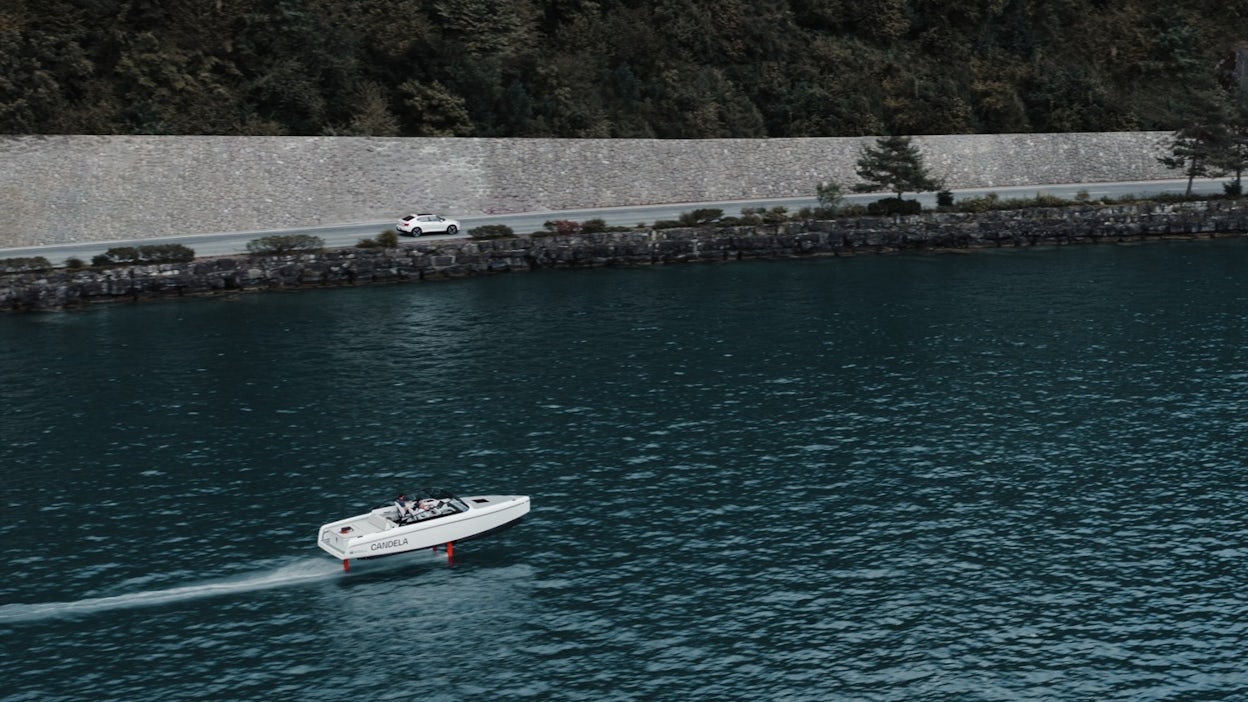
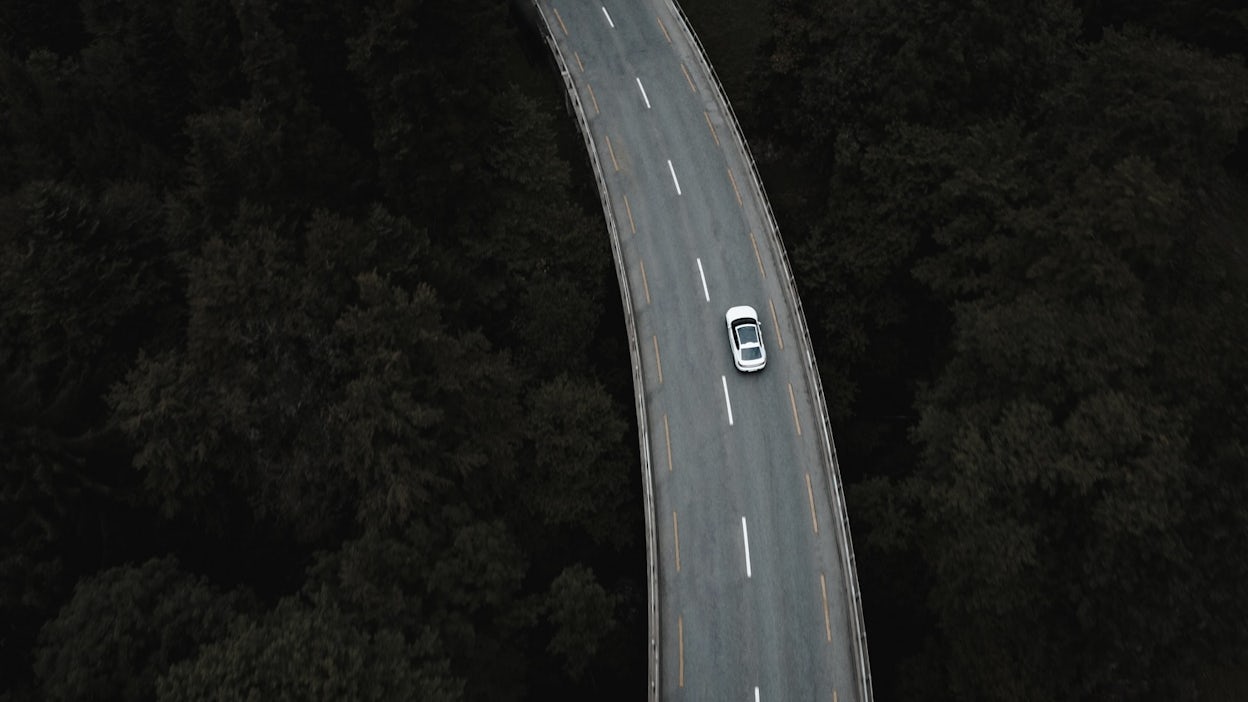
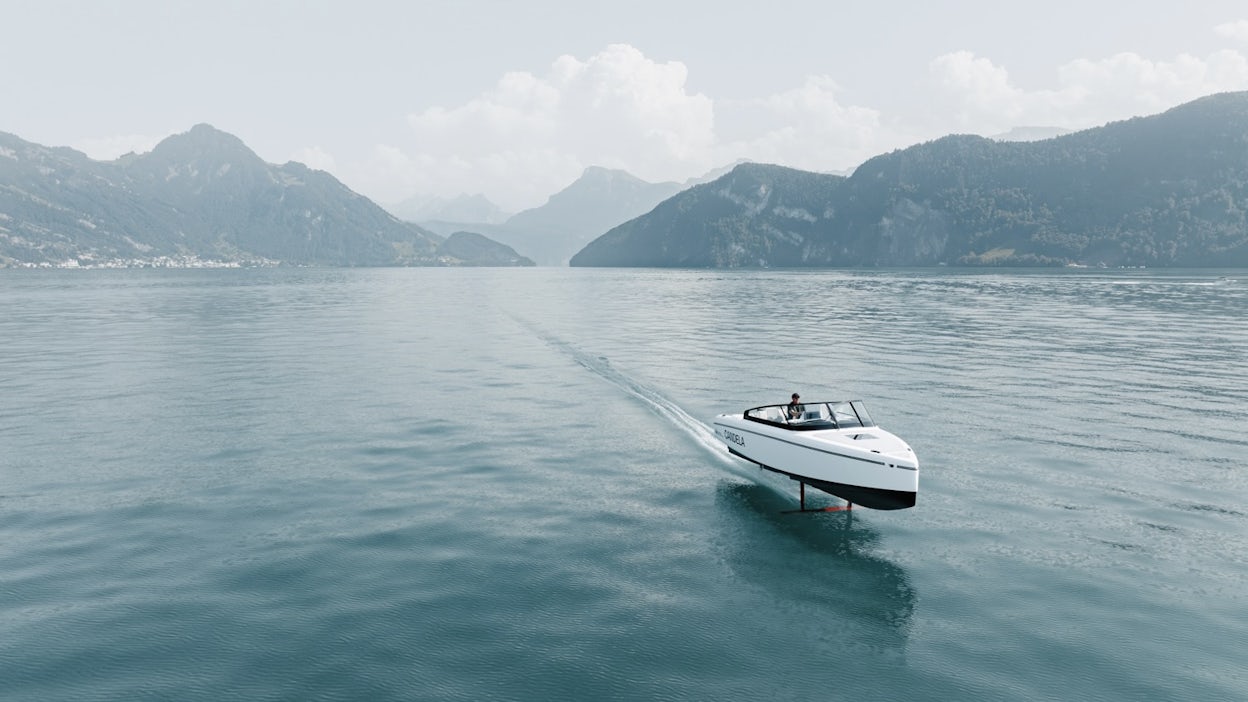


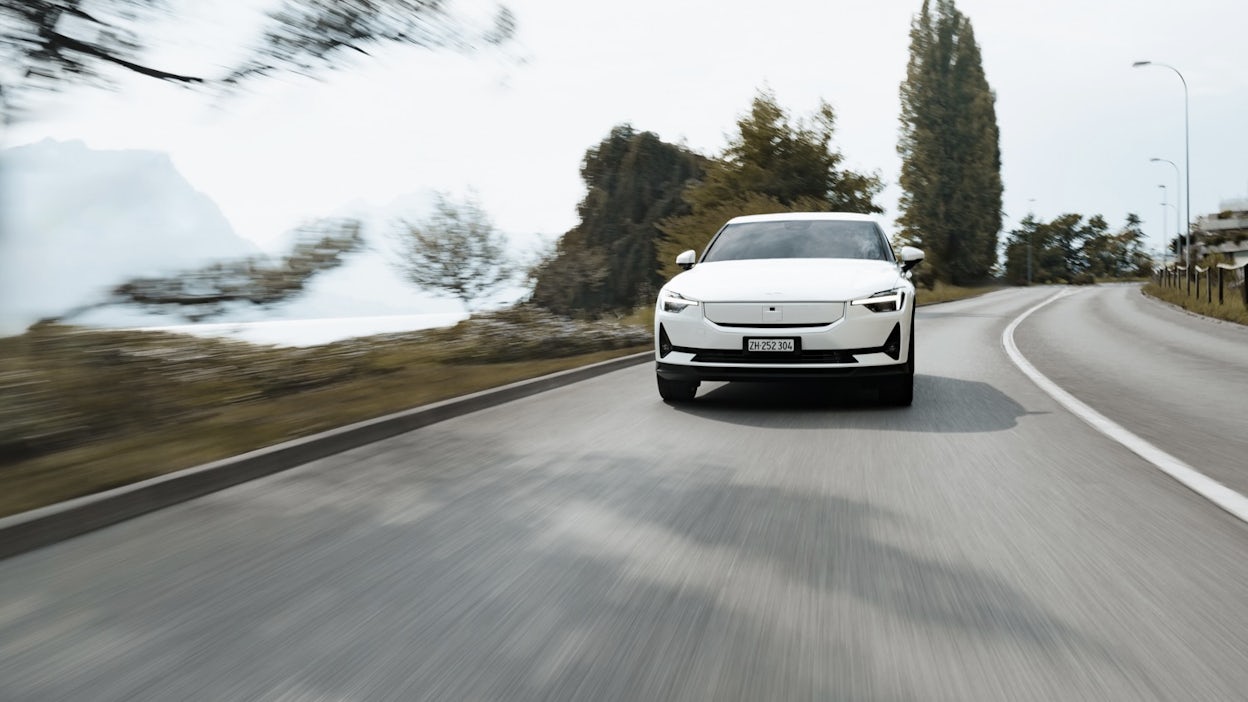
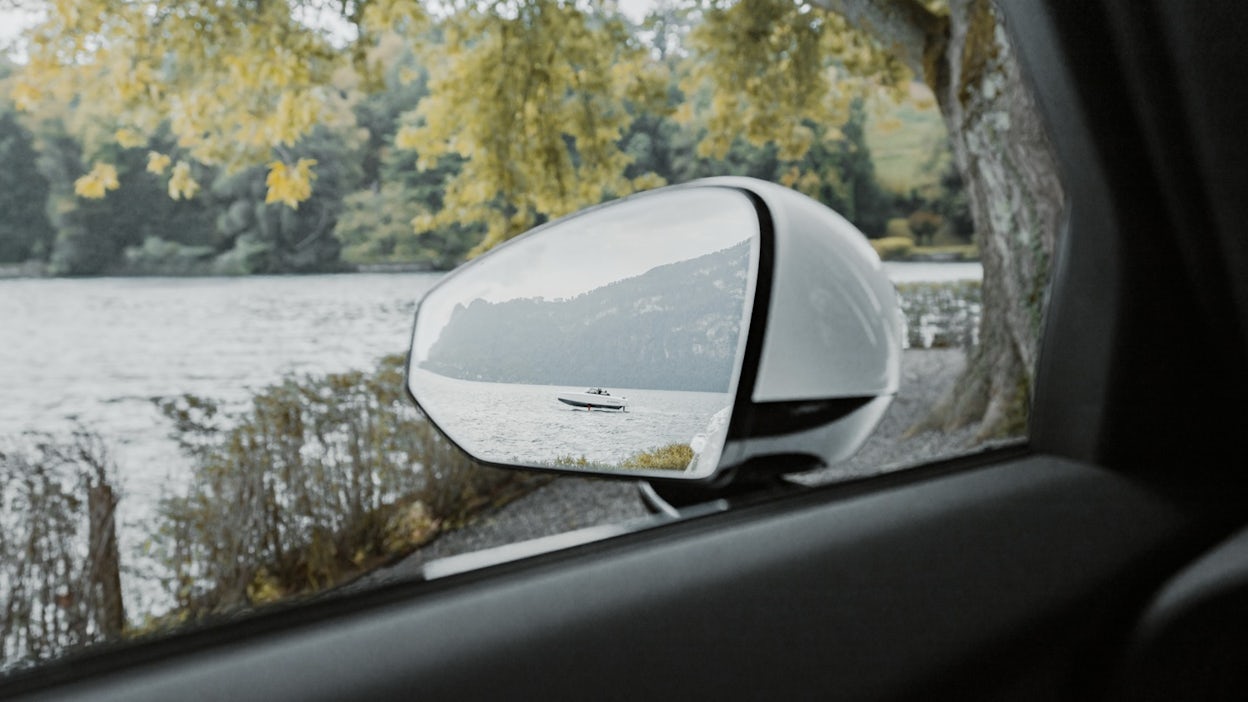
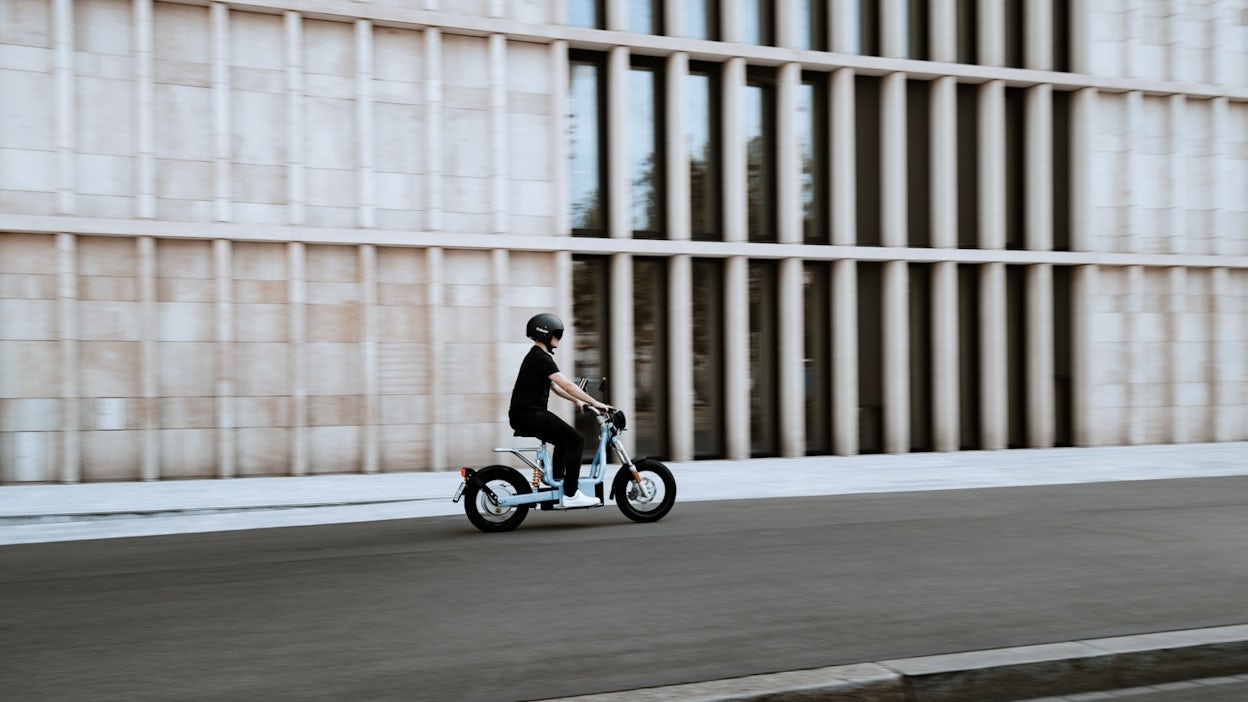








01/08

